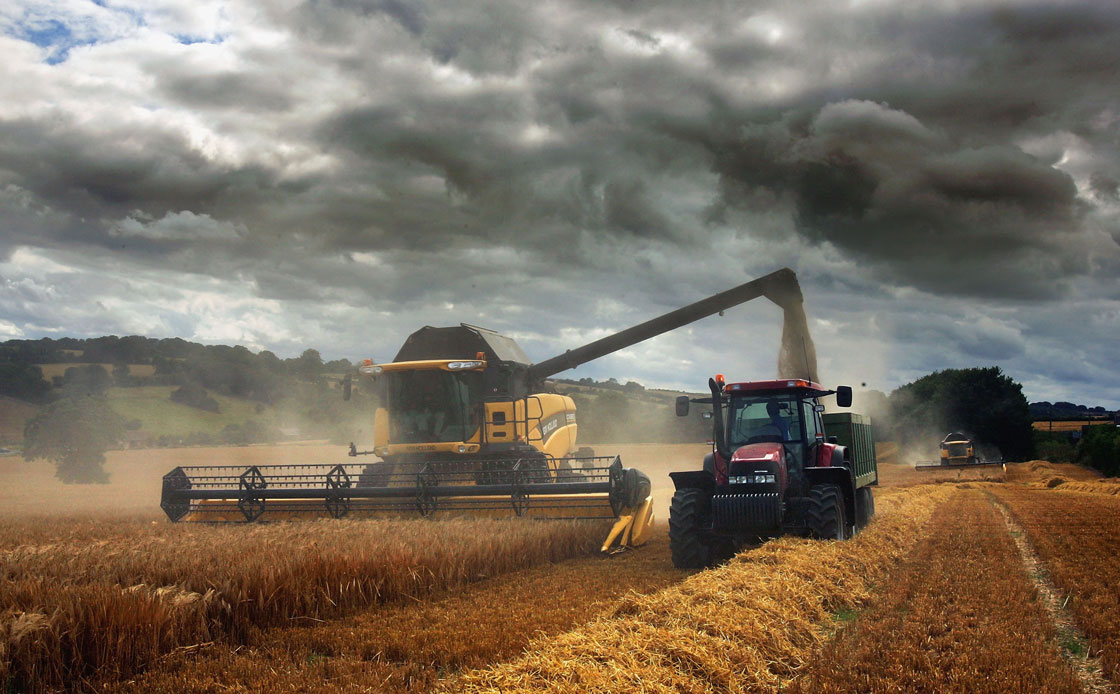The average value of Manitoban farmland rose modestly in 2019, but like the rest of the country, it’s among the weakest gains in a decade.

This according to Farm Credit Canada’s (FCC) annual Farmland Values Report, which shows the average value of farmland in Manitoba increased by four per cent last year, slightly behind the 5.2 per cent national average.
“The days of sharp increases in farmland values continue to be replaced by more modest growth,” said FCC’s chief agricultural economist J.P. Gervais in a news release.
“Changes in commodity prices, uncertainty around global trade and some challenging weather conditions may be tapping the brakes on an otherwise healthy and robust Canadian agriculture industry.”
Manitoba’s four per cent increase is more or less on par with 2018 (3.7) and 2017 (five), but is a far cry from 25.6 per cent seen in both 2012 and 2013 when nearly every province was posting double-digit gains.
However, it’s important to note increases within each province vary widely.
Eastman posted the largest increase in the province, up 8.2 per cent to an average value of $4,250 an acre.
Central Plains-Pembina Valley is valued the highest, at $5,247 an acre, but only rose by 4.7 per cent.
And Westman recorded the most modest growth, up 2.7 per cent in 2019, for an average $2,711.
As was the case in the other prairie provinces, the report indicates weather was a prime reason for lower yields; precipitation meant some crops went unharvested, while dry conditions during the growing season impacted pasture and hay.
Farmland in Alberta, which saw over seven per cent increases in both 2017 and 2018, only rose by 3.3 per cent last year, smallest in growth only behind Nova Scotia at 1.2 per cent.
“After a decade of rising farmland values, they are starting to level off, at least the increase is not as big as it has been in the past,” says Patty Rosher, general manager of Keystone Agricultural Producers.
“But there’s still a lot of interest, a lot of land exchanging hands, and as long as the interest rates stay reasonable and income stays reasonable, we should see all that value hold its own.”
Rosher predicts land in areas where the value is a little lower right now — such as the Parkland or Interlake — could continue to see gains, but the Red River Valley and Pembina Valley could be maxing out.
The information in the report was compiled in 2019, prior to the outbreak of COVID-19, meaning the impact of the pandemic won’t become apparent for some time.
Rosher says producers saw an initial surge in demand for various commodities, but it’s difficult to predict where the market will settle given all the changes in consumption patterns, including most restaurants closing their doors or changing to a delivery model.
“Egg sales were very good at the beginning of the crisis, although they don’t store that well so that was a bit of a head-scratcher for the industry,” Rosher says.
“Chicken sales, beef sales have been very good. Lots of consumers are stocking up, but that can’t continue so we’re going to see a slow-down at some point.”
Rosher says they’re keeping a cautious eye on various other industries they rely on — such as grain handlers, food processors, truckers and railways — but so far the supply chains are holding their own.
“So I wouldn’t say we’re worried, but thankfully everybody’s been acting prudently and the focus has been on the right areas, and we are continuing to put the crop in the ground and produce food.”









Comments